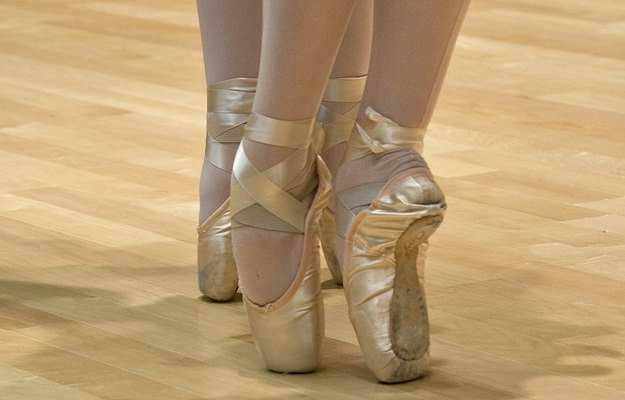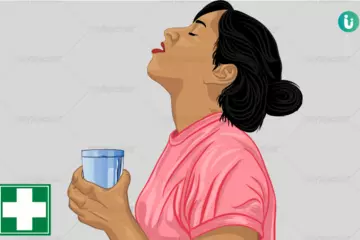What is Plantar Fasciitis?
The plantar fascia is a thick tissue present at the bottom of the foot, i.e., the sole of the foot. This fascia resembles a bowstring since it connects the heel bone to the toes. Inflammation of the plantar fascia is known as plantar fasciitis. It is one of the most frequently reported foot complaints and can be quite disabling.
What are its main associated signs and symptoms?
Since the condition is caused due to the inflammation of the ligament, the primary symptom of plantar fasciitis is heel pain and pain in the sole of the foot, which may be accompanied by redness and swelling in the heel area. The pain may sometimes be perceived as a burning sensation. The pain may be sharp or dull. Typically, the pain is experienced after standing on the feet in the morning.
This pain may aggravate when using the foot for physical activities, such as walking, running, or climbing the stairs.
What are the main causes?
Plantar fasciitis may be caused by:
- A strain on the heel bone while engaging in sports.
- Being overweight.
- Standing for long durations.
- Wearing heels for a prolonged period.
- Wearing footwear which offers little support to the arch of the foot.
- Excessive running.
- Jumping injury.
- Heel spur (bony overgrowth).
Certain diseases like arthritis may increase the risk of developing plantar fasciitis.
How is it diagnosed and treated?
In order to diagnose the condition, the doctor will first inquire about the onset and intensity of the pain and the recent activities one has been engaging in. Description of the symptoms and a physical exam will help the doctor to determine the condition. The doctor will look for signs of injury such as:
- Redness.
- Inflammation or swelling.
- Stiffness.
An imaging test, such as an X-ray, may be performed to confirm the diagnosis and identify any underlying condition causing it.
In order to treat plantar fasciitis, the doctor may prescribe painkillers, which will also reduce the inflammation and provide immediate relief. Other measures include:
- Resting.
- Using night splints while sleeping or doing other physical activity.
- Wearing comfortable footwear.
The symptoms get better with the passage of time as the ligament recovers from the strain.
In some cases, surgery may be needed.
Self-care measures include soaking the feet in a tub of hot water for 15-20 minutes to reduce the inflammation and pain.

 Doctors for Plantar Fasciitis
Doctors for Plantar Fasciitis  OTC Medicines for Plantar Fasciitis
OTC Medicines for Plantar Fasciitis



















